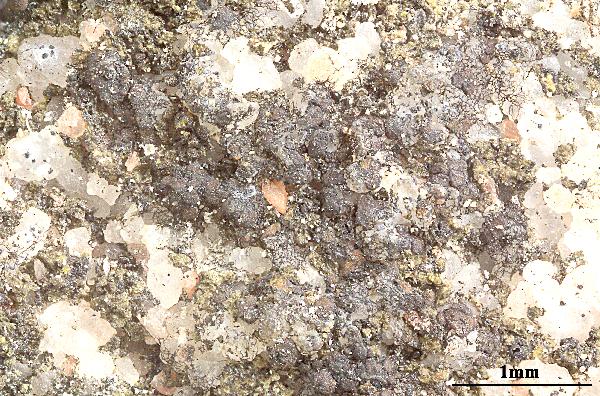Scoliciosporum intrusum (Th. Fr.) Hafellner
Fritschiana, 49: 31, 2004. Basionym: Lecidea intrusa Th. Fr. - Bot. Not.: 152, 1867.
Synonyms: Carbonea intrusa (Th. Fr.) Rambold & Triebel; Catillaria intrusa (Th. Fr.) Th. Fr.; Conida intrusa (Th. Fr.) Sacc. & D. Sacc.; Lecidea aphanoides Nyl.; Lecidea contrusa Vain. nom. illegit.; Lecidea melaphana Nyl.; Lecideopsis intrusa (Th. Fr.) Zopf; Micarea intrusa (Th. Fr.) Coppins & H. Kilias
Distribution: N - Frl, TAA.
Description: Thallus crustose, dark grey, black or black brown, 0.1-0.7 mm thick, areolate-granulose, forming insular, small patches on and inbetween other crustose lichens. Apothecia biatorine, 0.15-0.4 mm across, black, often glossy, adnate, with a convex disc and an thin, soon excluded proper margin. Proper exciple brownish in outer part, paler within, of radiating, branched and anastomosing hyphae, with crystals soluble in K; epithecium scarcely differentiated from the hymenium, olive-green to bluish green, K+ intensifying green, N+ red to pale violet; hymenium colourless or pigmented in upper part, not inspersed with oil droplets, 40-50 μm high, the hymenial gel K/I- (but gel and outer layer of empty asci K/I+ blue); paraphyses numerous, branched and anastomosing, c. 1.5 μm thick at mid-level, the apical cells only slightly enlarged; hypothecium colourless or olivaceous, up to 200 μm high, in upper part sometimes orange and K+ purple (Intrusa-yellow pigment). Asci 8-spored, clavate to cylindrical-clavate, with an unstained wall and a K/I+ blue outer layer and apical dome, the latter with a non-amyloid, cylindrical axial mass. Ascospores 1-celled to 1(-2)-septate, ellipsoid to fusiform, sometimes slightly curved, hyaline or brownish when overmature, (7-)12-17(-19) x (3-)4-6 μm. Photobiont chlorococcoid, the cells mostly (7-)10-18(-21) μm wide. Spot tests: thallus K-, C-, KC-, P-, UV-. Chemistry: without lichen substances. Note: a probably circumpolar, arctic-alpine species, invading the thalli of different crustose silicicolous lichens; for further details see Hafellner (2004). According to Miadlikowska & al. (2014) this species does not belong to Scoliciosporum and, pending further study, should be best treated as a member of Micarea; however, it does not belong to Micarea either.
Growth form: Crustose
Substrata: rocks
Photobiont: green algae other than Trentepohlia
Reproductive strategy: mainly sexual
paras silicicolous crustose lichens
Commonnes-rarity: (info)
Alpine belt: extremely rare
Subalpine belt: extremely rare
Oromediterranean belt: absent
Montane belt: absent
Submediterranean belt: absent
Padanian area: absent
Humid submediterranean belt: absent
Humid mediterranean belt: absent
Dry mediterranean belt: absent
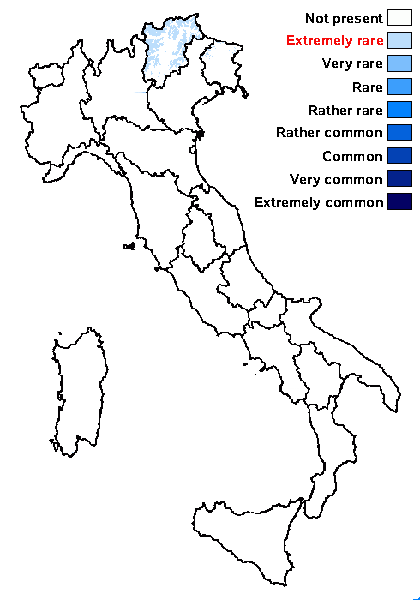
Predictive model
Herbarium samples
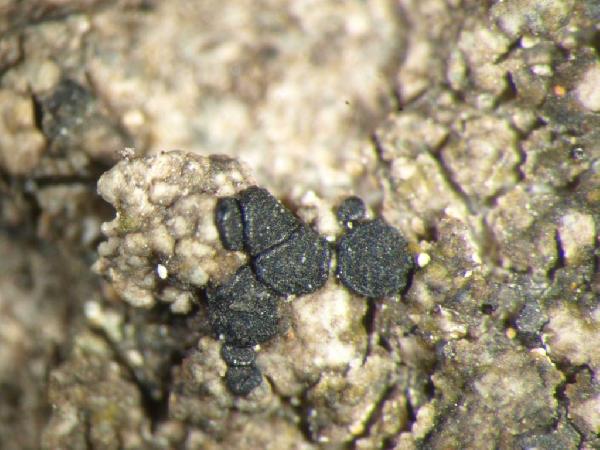
Source: https://botanika.prf.jcu.cz/lichenology/index.php?pg=5&func=cat&idx=32
Eastern Carpathians CBFS JV6774
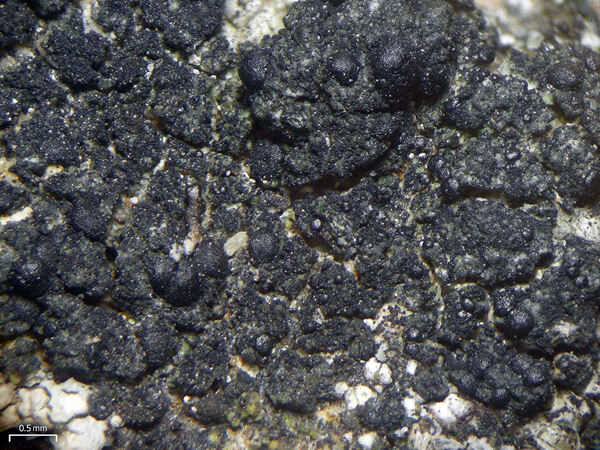
Jason Hollinger – Public Domain – Source: https://lichenportal.org/cnalh/collections/individual/index.php?occid=3768162
Canada, Ontario, Sleeping Giant Provincial Park, Talus Lake
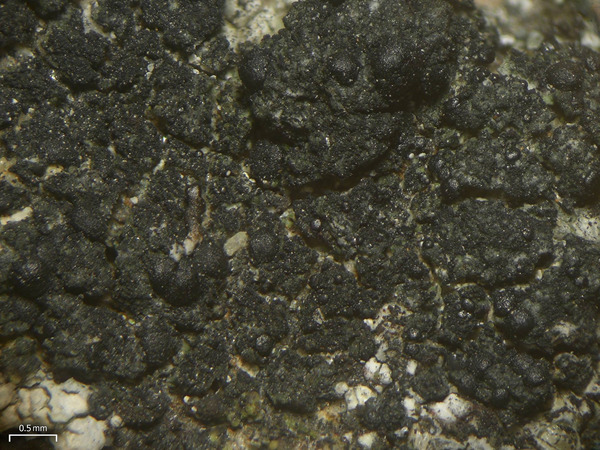
Jason Hollinger – Public Domain – Source: https://lichenportal.org/cnalh/collections/individual/index.php?occid=3768162
Canada, Ontario, Sleeping Giant Provincial Park, Talus Lake
Growth form: Crustose
Substrata: rocks
Photobiont: green algae other than Trentepohlia
Reproductive strategy: mainly sexual
paras silicicolous crustose lichens
Commonnes-rarity: (info)
Alpine belt: extremely rare
Subalpine belt: extremely rare
Oromediterranean belt: absent
Montane belt: absent
Submediterranean belt: absent
Padanian area: absent
Humid submediterranean belt: absent
Humid mediterranean belt: absent
Dry mediterranean belt: absent

Predictive model
| Herbarium samples |

Source: https://botanika.prf.jcu.cz/lichenology/index.php?pg=5&func=cat&idx=32
Eastern Carpathians CBFS JV6774

Jason Hollinger – Public Domain – Source: https://lichenportal.org/cnalh/collections/individual/index.php?occid=3768162
Canada, Ontario, Sleeping Giant Provincial Park, Talus Lake



